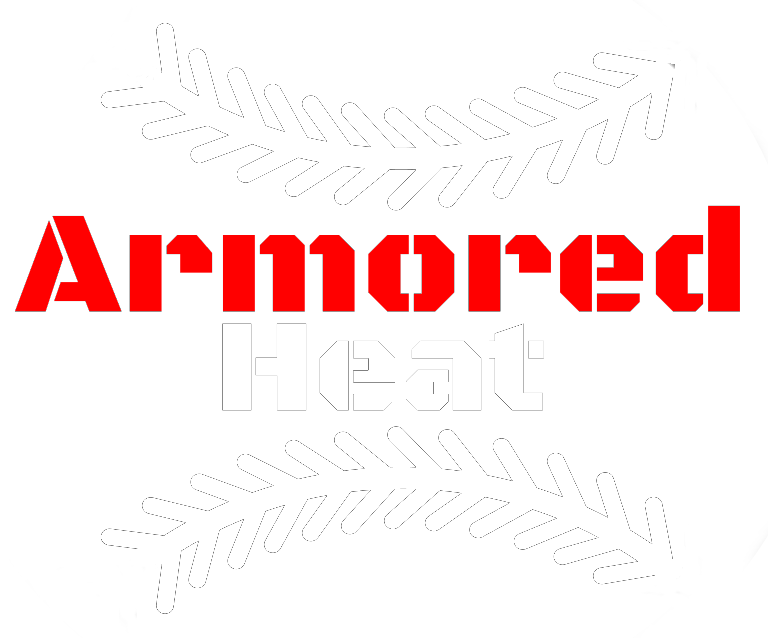What Is Little League Shoulder?
Our goal with this Article is to provide all of the information you need to know about Little League shoulder in the most simplified terminology
What Is It?
Little League Shoulder is an overuse/overstress injury that occurs most commonly in Athlete’s 8-15 Years old with the most common ages being 12-13 y/o. When you look at an adolescent bone, the weakest part of the bone is the Growth Plate. During the rapid acceleration of the arm in the throw, there is a TON of rotational stress on the Humerus. Think of the motion of wringing out a towel to better visualize this stress on the bone. Now, because the Growth Plate is the weakest part of the bone, this is where the initial inflammation pops up in the early stages. When you keep throwing through this issue, you can cause further widening of the growth plate that can lead to a more significant fracture or permanent damage to growth plate that may not allow full growth of the bone moving forward.
The Diagnosis
Little League Shoulder usually starts with diffuse shoulder pain and can transition to point specific pain at the growth plate, typically at the anterior-lateral aspect (Front/Outside of the arm, Under the Deltoid). The pain typically occurs from arm layback throughout acceleration of the arm forward. In addition to that presentation, the athlete will often have pain with Isometric IR when tested in any position which will create this same rotational force on the bone.
In imaging (Typically X-Ray), the Growth Plate will appear significantly wider that the glove hand side. If an MRI have is used to rule out other injuries, you may often see significant edema at this location.
This Fix
Unfortunately, the fix here is not very fun and very straight forward. STOP THROWING. Because this is specifically an over stress injury from the rotational stress to the bone, you need to remove this stress. The good news is if you catch it early enough, hitting should not be painful and is fine to continue in most cases. Consult with your Doctor on that aspect. The length of the shut down from throwing will vary usually from 4-12 weeks and the Athlete should be completely pain free with the resisted IR before resuming throwing.
Now, the MOST IMPORTANT PART. Because it is an over stress injury, the throwing progression is incredibly important. The key here is to slowly build rotational stresses rather than just go back straight into Pitching in Games. To decrease the chances to recurrence of this issue, having a well designed throwing progression can be a game changer in how you progressively re load the bone. You can use a pocket radar or Pulse Sensor to objectify the progression the throwing. A very general rule of thumb for arm injuries is : The amount of weeks shut down from throwing should be similar to the duration of the throwing progression to a game.
In terms of Physical Therapy, there is not much you can do in terms of magically healing the growth plate. However, you can use this time to focus on building foundational scapular strength and rotator cuff strength to build a healthier shoulder. Just like any rehab, this time can be huge in development as athletes are able to focus on any over arching impairments or areas for growth.
Odds and Ends
A longer time until diagnosis was shown to be correlated with both longer and more unsuccessful return to play scenarios. Don’t let the issue progress too far before shutting down throwing
Humeral Retroversion, which is thought to be a positive adaptation on the Performance side of things, was shown to be greater in athletes that had a history of Little League Shoulder. This does not mean to throw your kids into the ground until they develop Little League Shoulder to get this adaptation. However, it does mean there is likely a sweet spot of stress to the arm.


